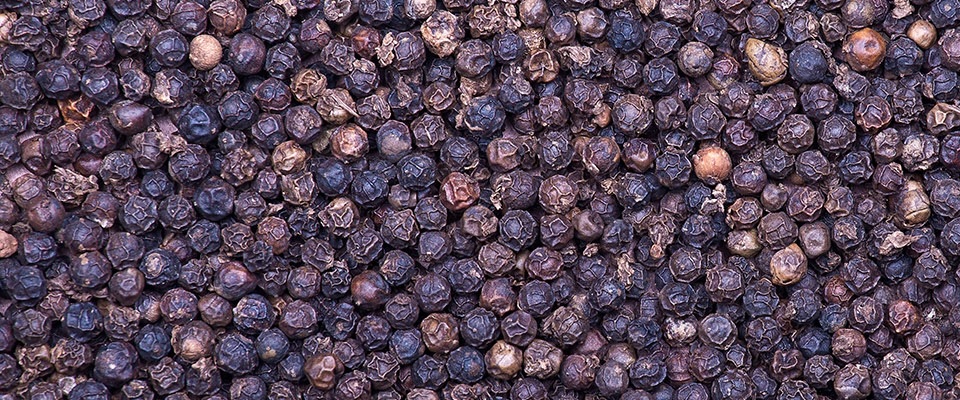A thermonutrient like Sabinsa’s multi-patented Bioperine® (min. 98% piperine content) can enhance the process of nutrient absorption by enhancing thermogenesis. The leading theory of food-induced thermogenesis relates to the autonomous nervous system. The autonomous nervous system is represented by two main receptors in the gastrointestinal tract, the alpha and beta adrenergic receptors.
Most of the food or thermonutrient-induced thermogenesis is facilitated by beta receptors, which include a compound known as cyclic adenosine 3’, 5’ monophosphate (cAMP). The role of cAMP as a "second messenger" to the hormonal and enzymatic actions in the body is well recognized. When thermogenesis occurs, the demand for fresh nutrients to sustain the metabolic processes rapidly increases.
Piperine has been found in independent studies to stimulate the release of catecholamines, thermogenic hormones whose action is made possible by the presence of cAMP. However, the nature of the thermogenic response mediated by catecholamines is relatively short-lived. Therefore the window of opportunity for piperine-induced thermogenesis and enhanced nutrient absorption is narrow.
These thermogenic properties may explain how a small amount of Bioperine® (5 mg) can afford such a profound effect on serum nutrient levels (as shown in our studies on water soluble, fat soluble and botanical ingredients). It is possible that when piperine is ingested, it has a localized thermogenic effect on epithelial cells which increase the uptake of nutrients.
Other mechanisms by which piperine stimulates nutrient absorption have also been discussed in literature. These include increased micelle formation, stimulation of active transport of amino acids (gamma-glutamyl transpeptidase), and epithelial cell wall modification due to the affinity of piperine towards fats and fatty substances.
In view of these findings it is proposed that piperine ingested in relatively small amounts would act as a thermonutrient. Localized thermogenic action on the epithelial cells would in turn increase the rate of absorption of supplemented nutrient(s).








